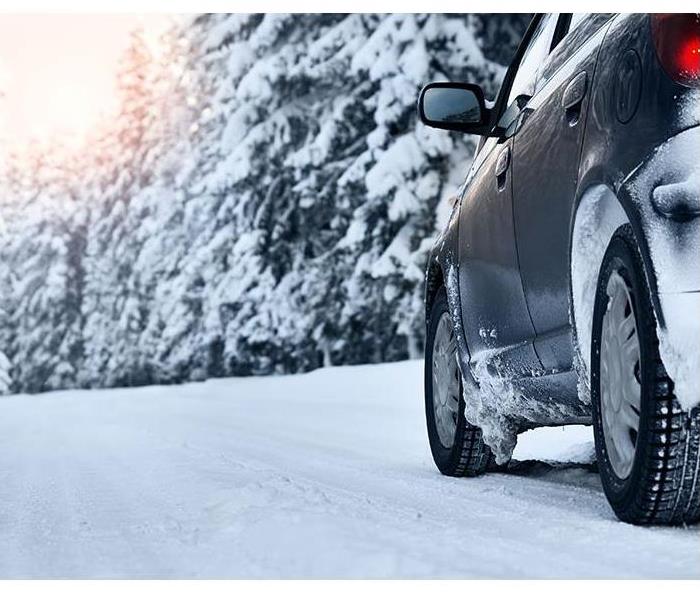Tips for Winterizing Your Car
12/20/2017 (Permalink)
Winter driving conditions can be hazardous due to factors such as snow and ice on the road. While it’s important that you are prepared for winter driving, it is also important that your car is up for the challenge. It is recommended that you winterize your car before the winter season to make sure your car can handle the winter road conditions.
Install winter wipers
These come equipped with rubber that keeps ice from collecting on the blades. Just be sure to remove them when spring rolls around. As winter wipers are heavier than regular ones, keeping them on all the time increases the risk of burning the motor out too soon.
Mount winter tires
If you live in a place that experiences extreme cold winter temperatures, it is recommended that you install winter tires when winterizing your car. When the temperature consistently hovers around or below freezing, the rubber compounds in non-winter tires harden, decreasing the tire’s ability to grip the road. Winter tires use special compounds engineered to resist hardening in cold temperatures, providing better traction.
You should definitely have snow tires installed with plenty of time to spare before extreme winter weather arrives. We say, if you can see your breath, it’s time to install winter tires.
Keep washer fluid full
When driving in snow and ice, you may use a lot of washer fluid in an effort to keep your windshield clean. In order to properly winterize your car, maintain a nearly full washer fluid reservoir and consider keeping a spare bottle or two in the trunk.
Pack a winter safety kit
Tips for Winterizing Your Car | Bridgestone Tires
Here are some things to pack in your winter driving safety kit:
- Ice scraper
- Bag of sand and a shovel
- Cell phone
- Flares
- First aid kit
- Extra antifreeze
- Flashlight and batteries
- Car tool kit
- Jumper cables
- Warm clothing: Extra jacket, hat, socks, boots
- Non-perishable food and beverage items
- Pack of matches
And Always:





 24/7 Emergency Service
24/7 Emergency Service
